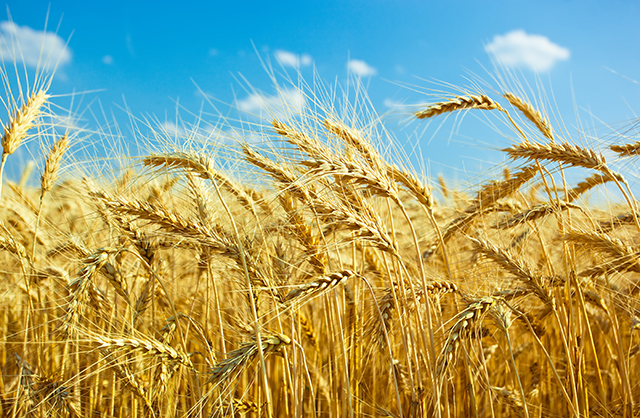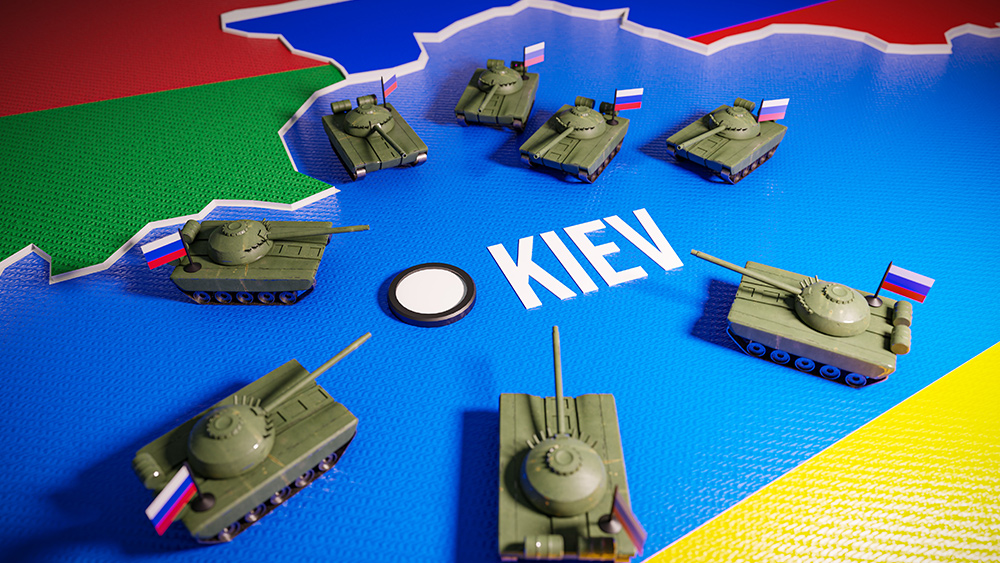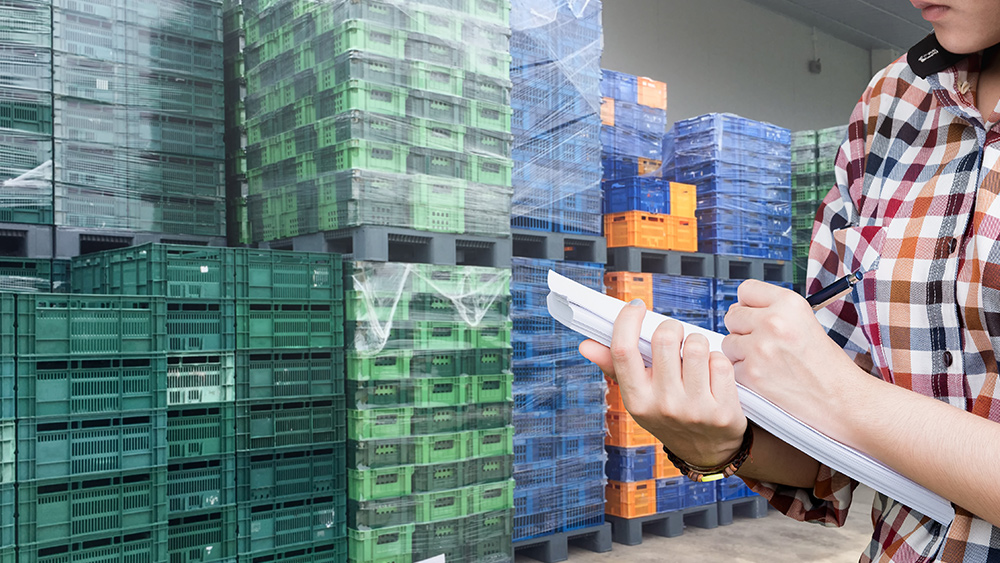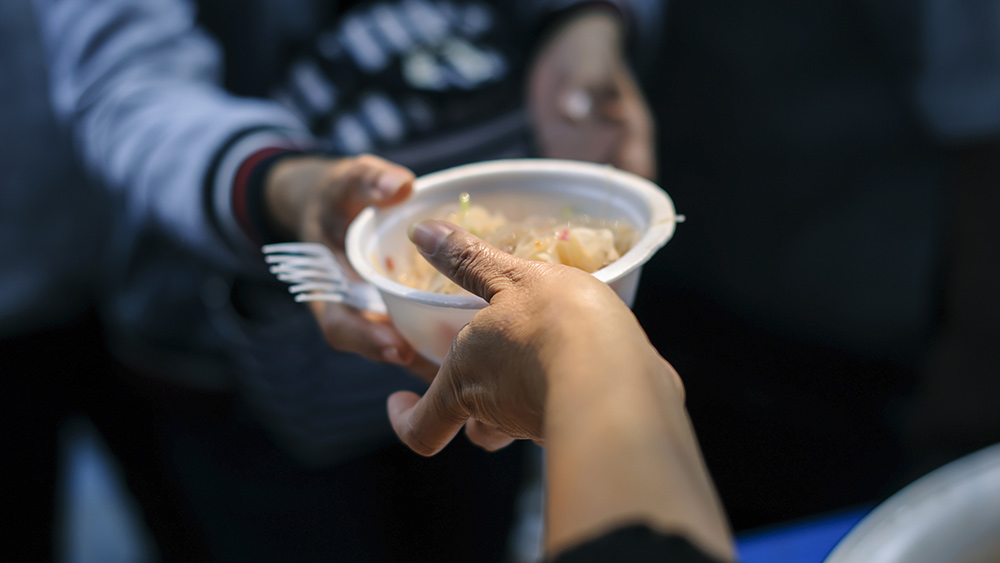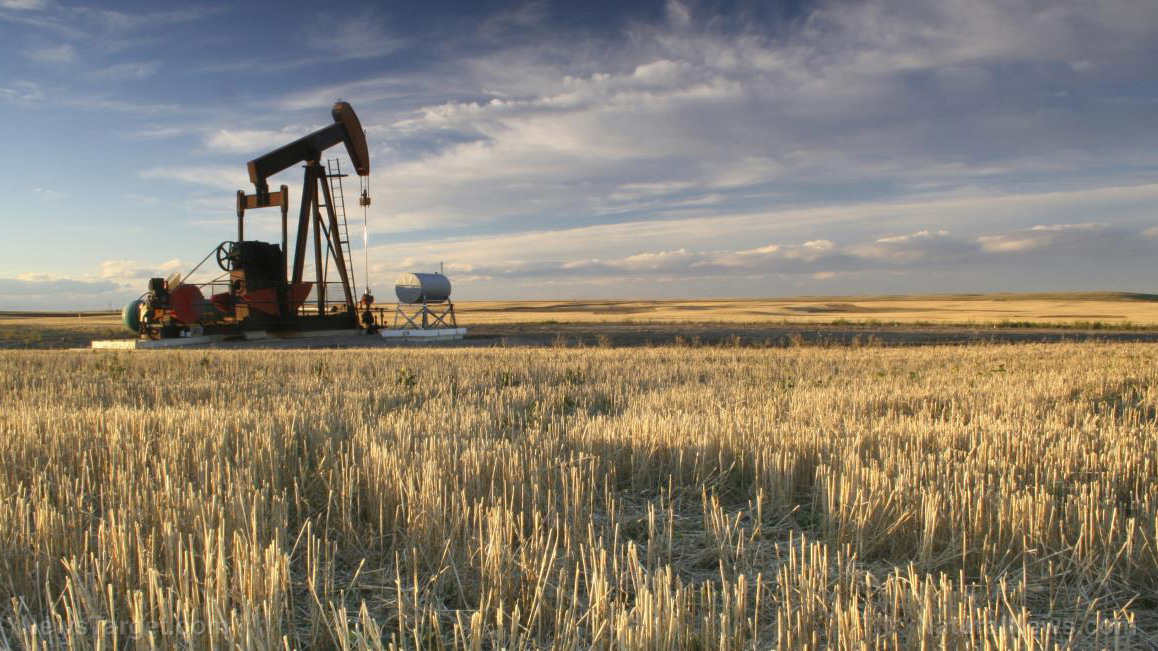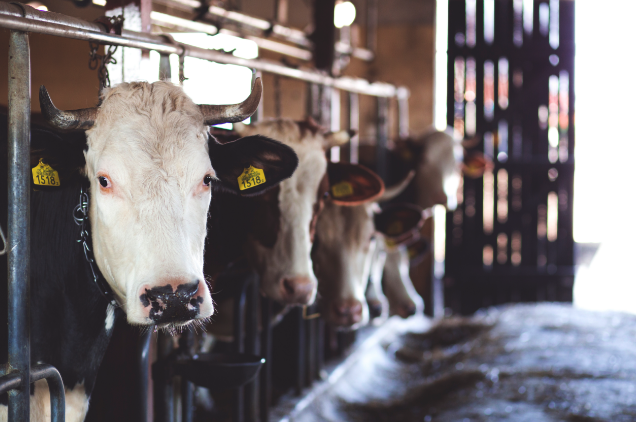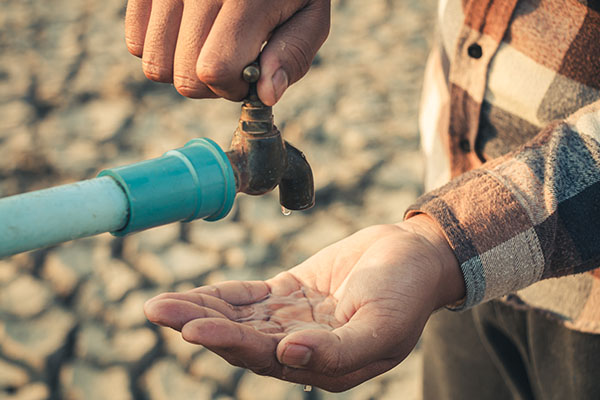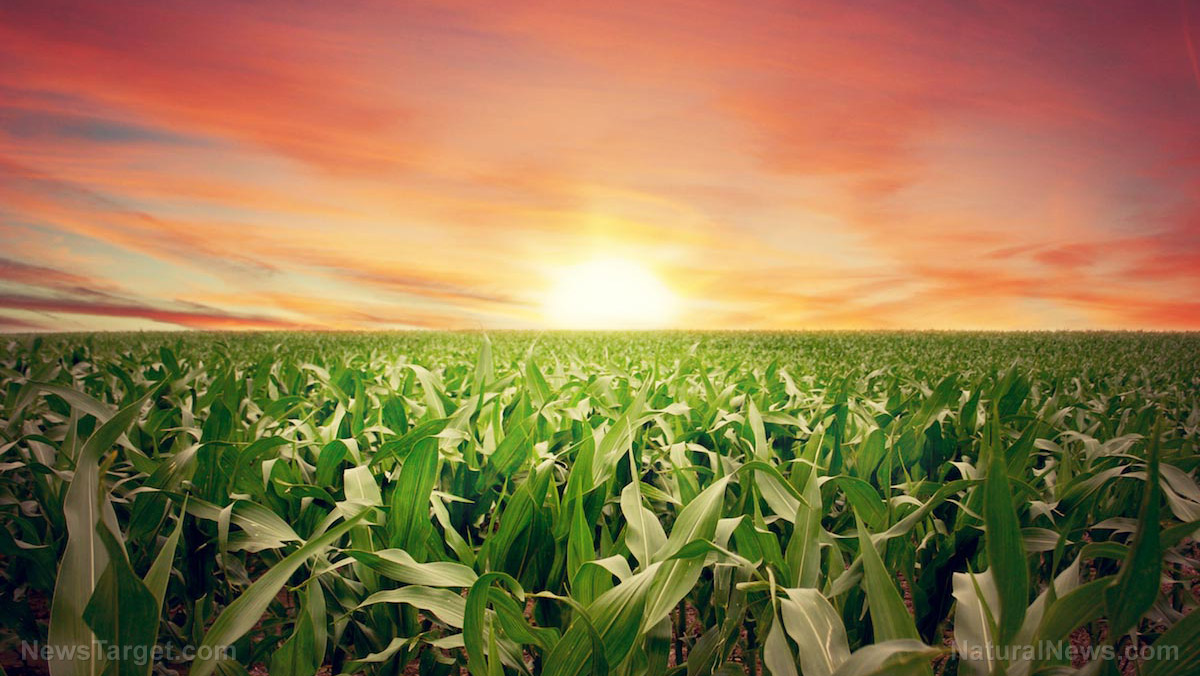Survival tips: How to keep food on the table during a GLOBAL FAMINE
07/26/2023 / By Olivia Cook

Right now, eight events are occurring and threatening all aspects of food supplies globally: the global fertilizer shortage; increasing droughts and floods; the war in Ukraine restricting trade; spiking fuel prices; supply chain issues; dwindling insect populations; the erosion of topsoil; and soaring inflation.
Any one of these events could affect food security. And when combined, they create a real and growing threat of famine. These events can create a “perfect storm” that can affect many nations, including the United States.
Global famine is inevitable – and the more people prepare for it, the better off everyone will be.
Establish your resources
When stockpiling resources for your SHTF plan, the budget is one of the main factors to consider. Even more, one should avoid buying everything in one shopping trip because such a task is nearly impossible.
Building a stockpile of anything takes time, and there’s a learning curve you need to master, involving storage, rotation, regular checkups and updates, according to the expiration date, usage, season, etc.
Learn how to get potable water
If you establish how much water you need to stockpile, you will soon realize that water is heavy and bulky, and carrying it can become a burden. You will need storage space.
Here is where figuring out and learning how to obtain potable water will help you. There are methods to collect water, and pretty much every environment (except the driest deserts) can offer a good amount of water.
No matter how clean it looks, the water needs to be filtered to make it potable. Water filters, purification tablets, UV sterilization pens and solar stills are available on the market. Do thorough research and figure out what you should purchase.
Know your family’s food requirements and build your stockpile from there
Calculating the food requirements for your family should be the first step when building your stockpile. Men have different needs than women, and kids have their own needs as well. It’s all about the calorie intake and the rate at which you burn those calories.
Keep in mind to store only what you need and what your family eats. When planning food storage, needs come first and wants come second.
Learn to grow your food. Not only will it help you save your budget, but you will also learn to diversify your stockpile. (Related: Growing your own food: Gardening resources for beginner, intermediate and advanced gardeners.)
If you have a small yard, there are techniques for high-density gardening that allow you to grow more vegetables in a smaller space. Regardless of where you live, you’ll need to learn how to protect your new crops from deer, rabbits and other critters that can devastate your efforts.
If you live in an apartment, you can take a container gardening approach to at least provide you with some nutrient-dense alternatives to supplement your diet.
If you’re considering homesteading, learn how to create an edible food forest. The point is to take advantage of every square foot of your garden and see if there’s an edible alternative that’s pleasing to the eye and the palate.
Learn food preservation techniques
Anyone who has aggressively planted a vegetable garden or orchard knows the experience of harvest time. There’s plenty to eat, but the excess can spoil fast, especially fruits. Take time to learn about and stock up on supplies to preserve foods.
Check out and consider root cellaring and other alternative storage ideas for refrigeration.
Learn to forage wild edibles
Foraging for food is a complex skill that requires a lot of practice and experience. No matter how experienced you think you are, there’s always a situation where you can be put to the test. Learning to differentiate plants and pick the right ones is much more difficult during a survival situation.
The high level of stress, fatigue and hunger are all factors that can influence your actions. To be sure you’re not putting yourself in danger, follow a simple rule: when in doubt, leave it be. (Related: Foraging 101: The universal edibility test.)
Keep a book or two on the shelf about wild foraging, and if you live close to forest, consider hunting to supplement your protein needs.
Develop a survivalist mindset
Preparation should not stop with getting the supplies needed, having the necessary tools and learning important skills.
Your preparation should also include having a survival mindset and a resilient attitude for any situation. Your mindset can actually determine whether or not you will survive a global famine. (Related: Ways to develop mental toughness and a survivor mindset when SHTF.)
Visit Preparedness.news to read more prepping articles.
Watch this video about the comprehensive war on global food supply.
This video is from the What is Happening channel on Brighteon.com.
More related stories:
The globalists are inducing a global famine where nobody owns anything and everyone is STARVING.
Dwindling wheat supply may kick off global famine, expert warns.
Russia-Ukraine war will further worsen global food shortage as poor nations face starvation, unrest.
Sources include:
Submit a correction >>
Tagged Under:
chaos, disaster, emergency food, food collapse, food freedom, food insecurity, food scarcity, food shortage, food supply, foraging, global famine, hunger, panic, preparedness, prepper, prepping, rationing, scarcity, SHTF, starvation, survival, tips
This article may contain statements that reflect the opinion of the author
RECENT NEWS & ARTICLES
COPYRIGHT © 2017 STARVATION NEWS






